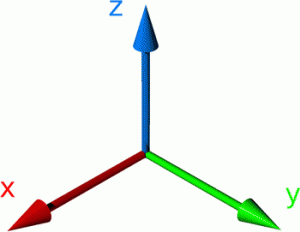Anyone who visits or uses my classroom knows that whatever equipment you will need to teach with will be there. I think it’s just good manners to keep everything tidy when you share a classroom.
One of my pet hates is mini-whiteboards, or rather the distribution and collection of them. If you weren’t in that classroom the lesson before, you don’t have the luxury of putting them out before pupils arrive. Some people keep them in plastic wallets with a board, pen and wiper in each. Great, until:
“My pen doesn’t work!”
“There is no wiper”
“There are no wallets left”
Last year I found an easy to manage solution in a supermarket – Kids Garden tidys (£2.50 – Tesco). They are back in stock for Spring.

The long section holds whiteboards, the small section is a perfect pen pot and the middle sized section holds mini sponges. Obviously this will depend on the size of your whiteboards.
If my tables are groups, I just put one of these baskets in the middle. If the desks are in rows I distribute them around the room – it saves a rugby scrum at the front. Collecting the boards in is much quicker and it is easy to have a couple of spare pens in each tidy in case one runs out.
The small size of these baskets makes them easier to store than the full size versions. As they have handles, they stack nicely when not in use. They could also be used for any class equipment: pencils, calculators and rulers maybe?
See what your local garden centre or supermarket has this Spring and have a Spring clean of your teaching space!
Like this:
Like Loading...






